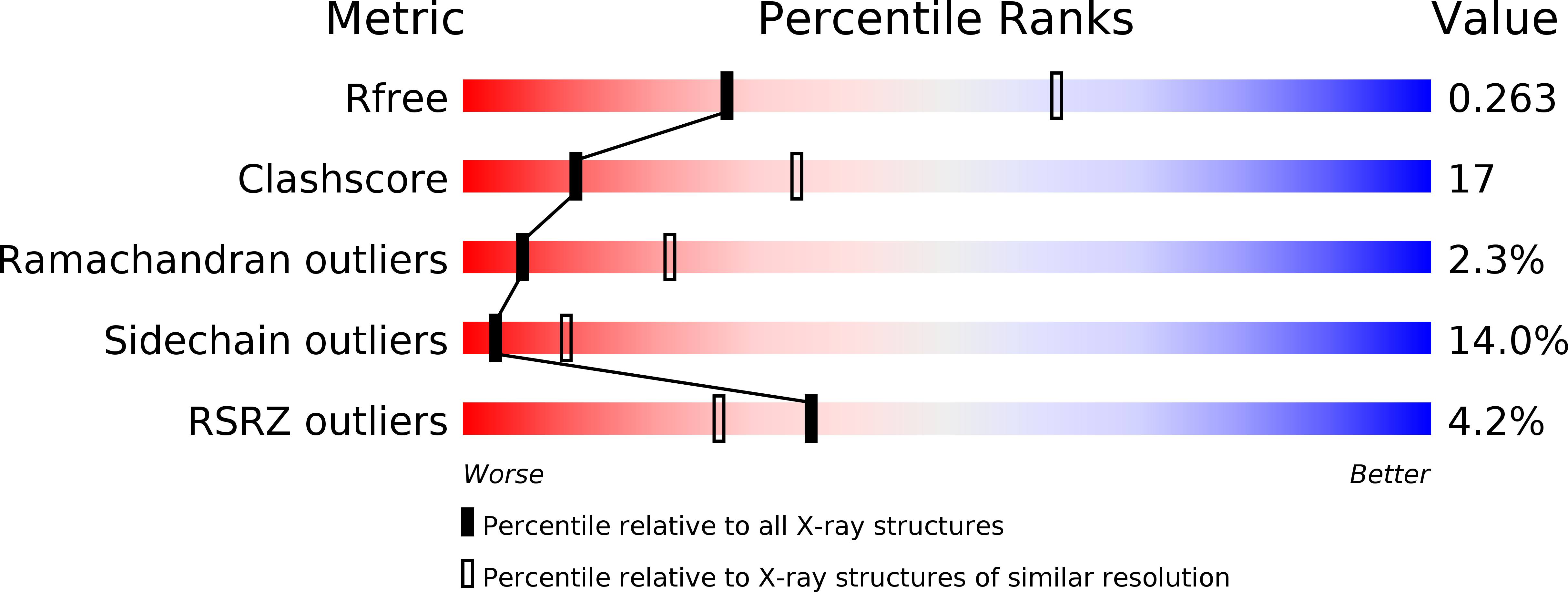
Deposition Date
2004-03-29
Release Date
2005-03-01
Last Version Date
2024-02-14
Method Details:
Experimental Method:
Resolution:
2.81 Å
R-Value Free:
0.27
R-Value Work:
0.24
R-Value Observed:
0.24
Space Group:
P 21 21 2


